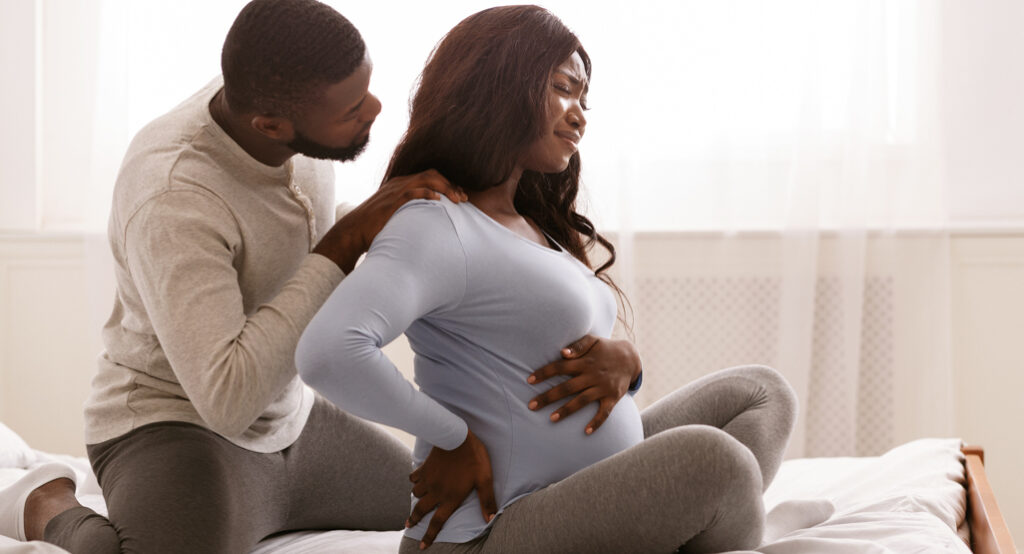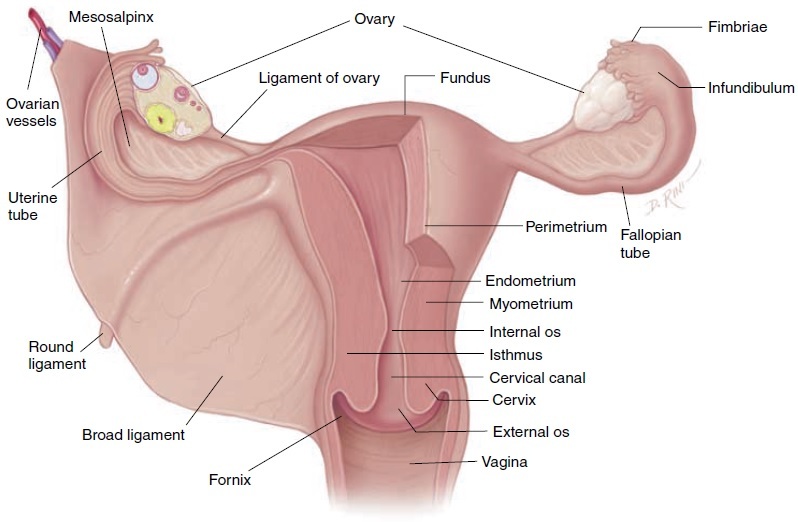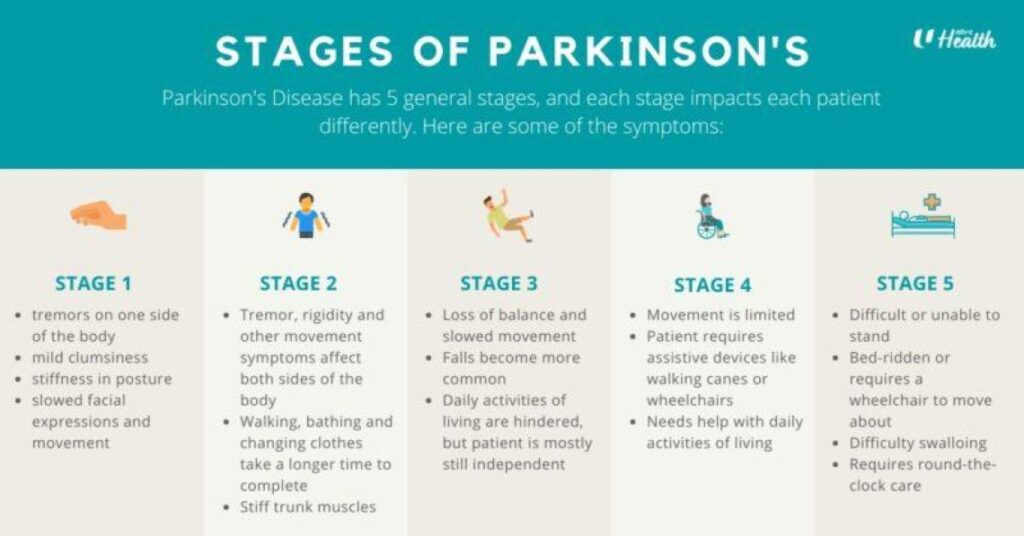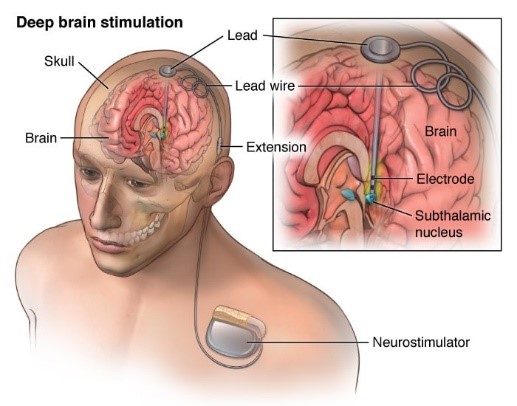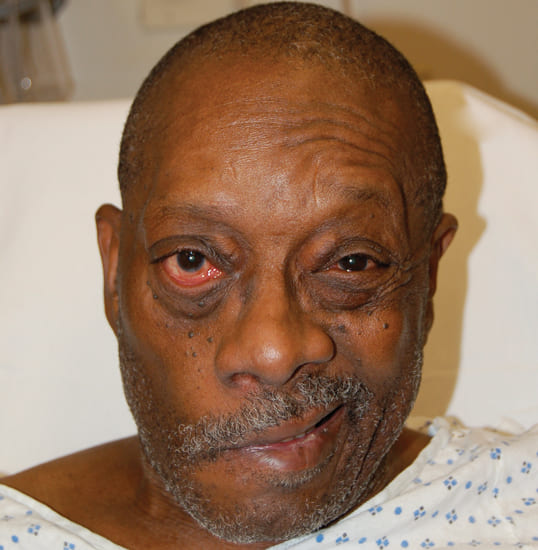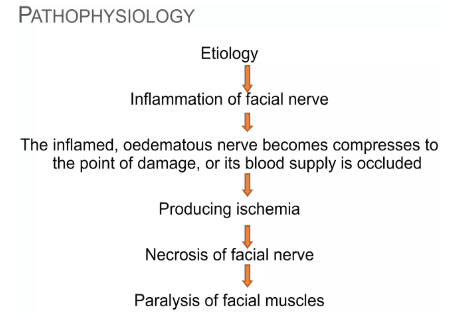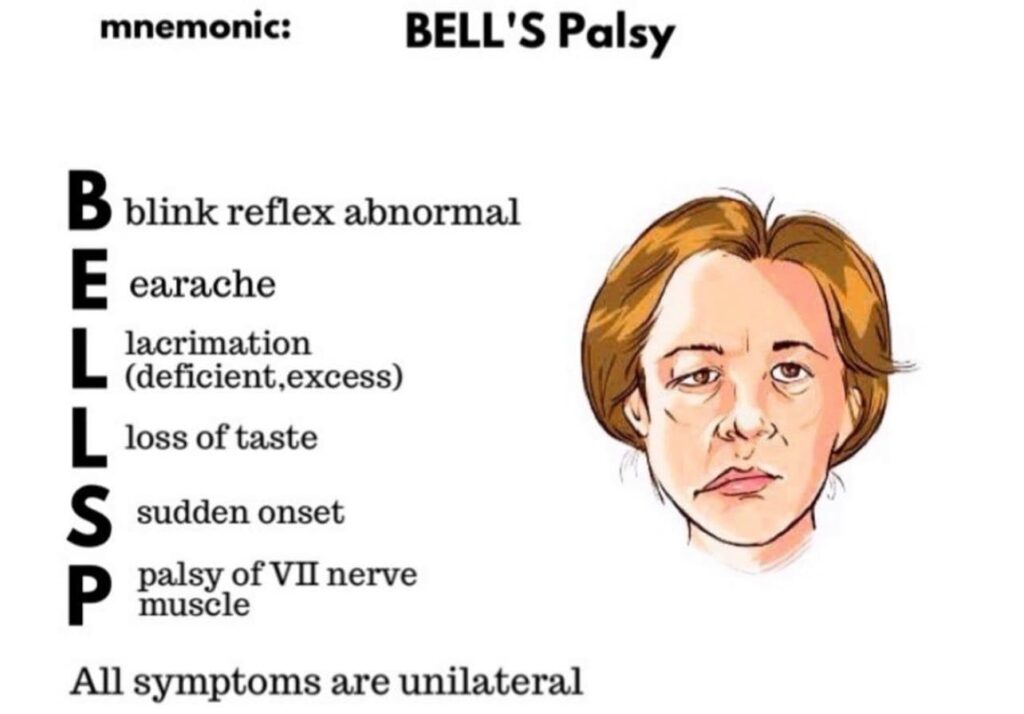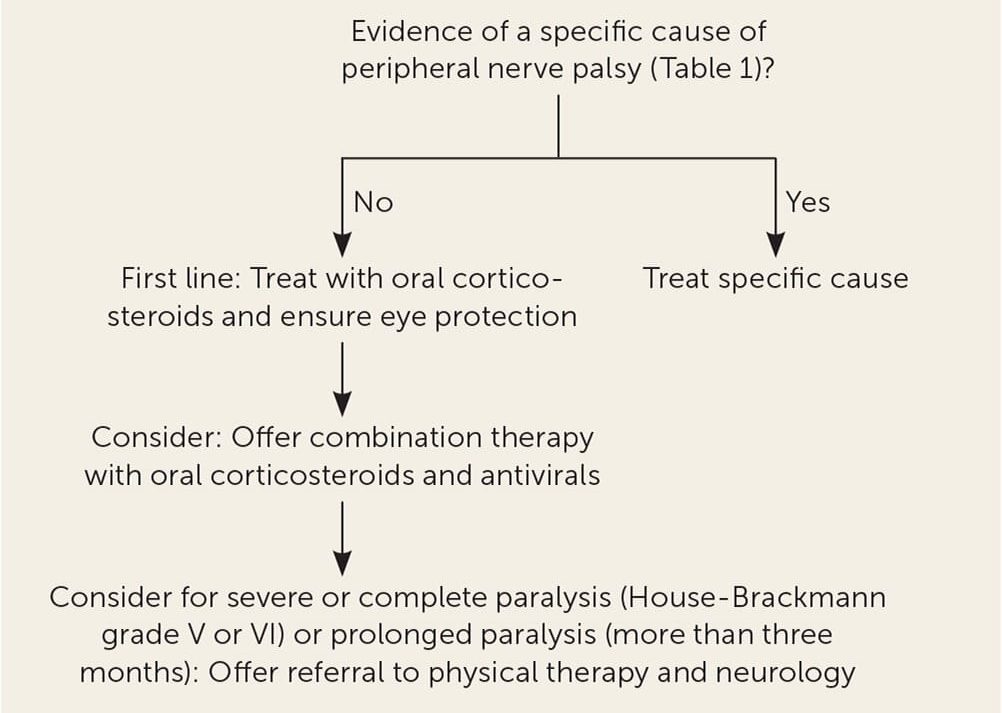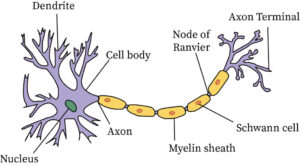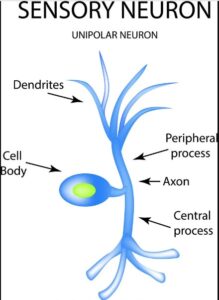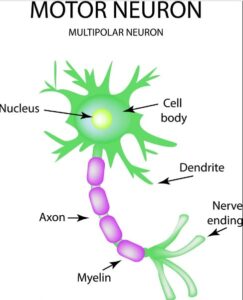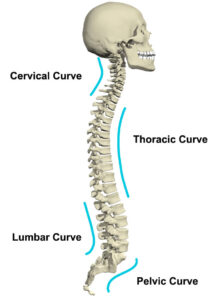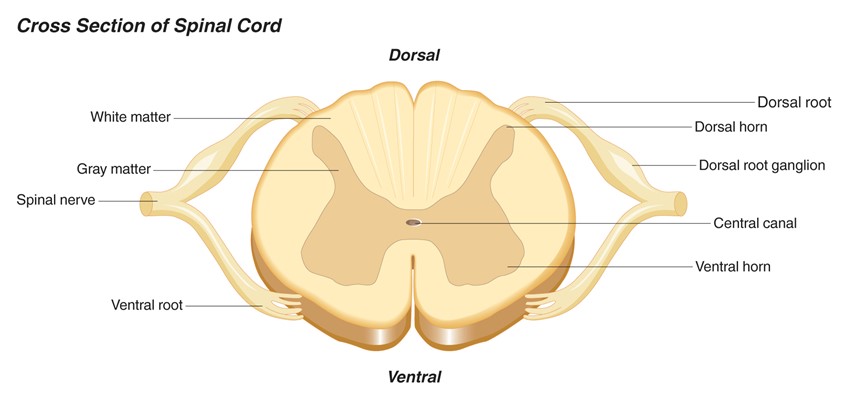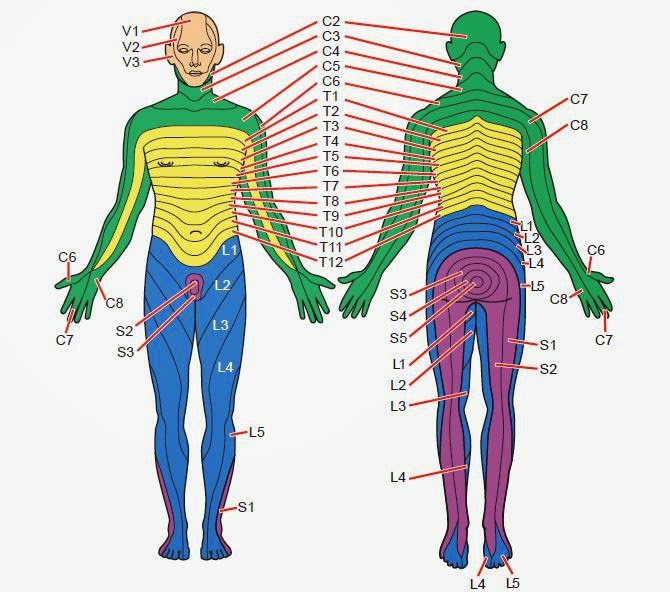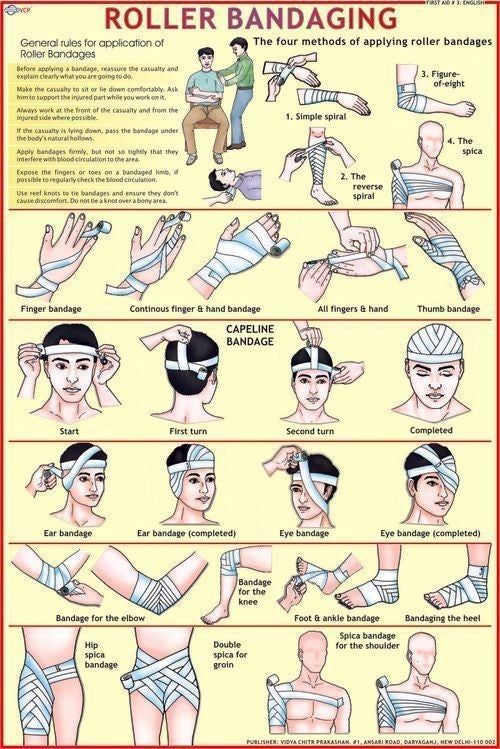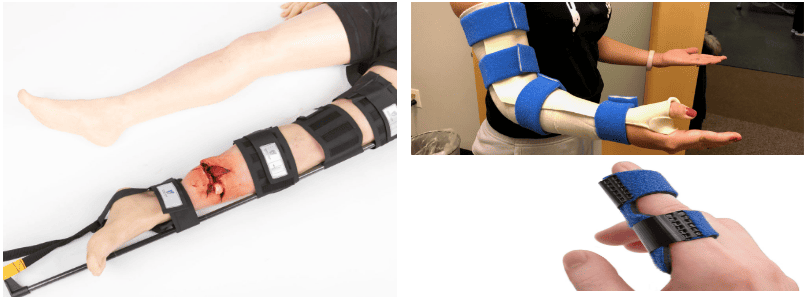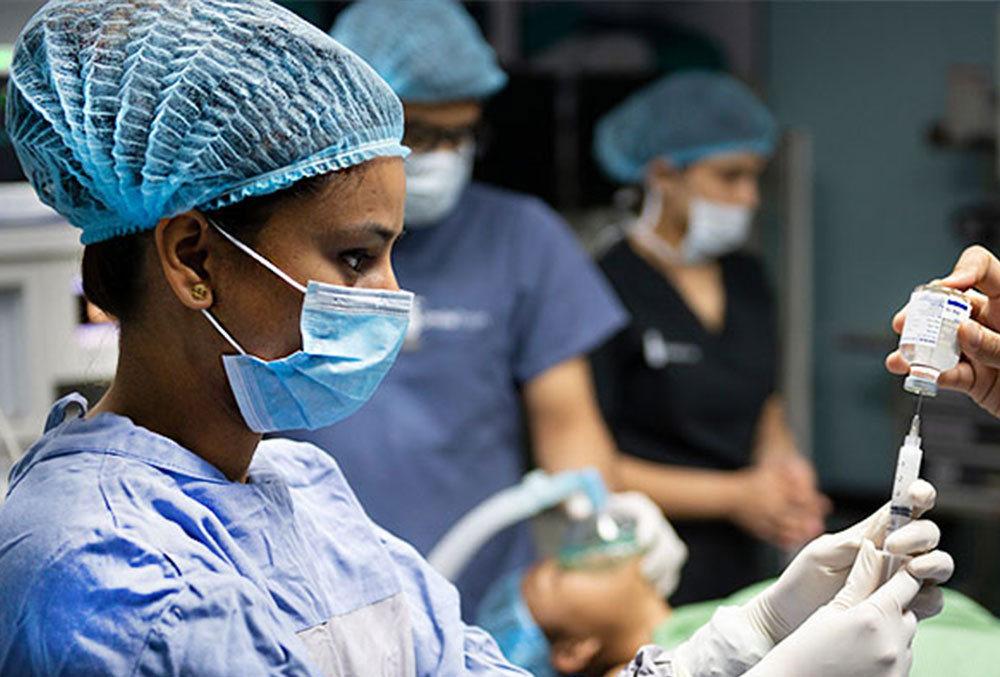Labour
It is described as the process by which the fetus, placenta and membranes are expelled through the birth canal after 28 weeks of gestation.
OR
It is defined as rhythmic contraction and relaxation of the uterine muscles with progressive effacement (thinning) and dilatation ( opening) of the cervix, leading to expulsion of the products of conception.
Normal labour
Labour is said to be normal when;
- It occurs at term.
- Spontaneous in onset.
- Fetus presenting by vertex.
- The process is complete within 12-18 hours.
- No complications arise.
- Both mother and fetus suffer no injury.
- No assistance is given in any way.
THREE P’S OF NORMAL LABOUR
- Powers – uterine contractions
- Passage – pelvis including the size and shape.
- Passenger – Size, position and presentation of the fetus as well as bag of fore waters or amniotic sac.
TYPES OF LABOUR
- True labour: This is characterized by regular uterine contractions slight at 1 st but increase in severity and frequency causes the cervix to dilate.
- False labour: It is characterized by irregular uterine contractions which do not cause the cervix to dilate. They are painful, appear stronger when a mother is in bed and weaker when she is up and moving around.
> No cervical dilatation.
> No show.
> Pain remains stationary in the lower abdomen.
> Pain is continuous without any rhythm.
> Pain reduces after enema.
> No associated hardening of the abdomen.
Signs of impending labour.
These changes occur in the last weeks of pregnancy. This is termed as pre-labour.
- Lightening
About 2-3 weeks before the onset of labour, the lower uterine segment expands and allows the fetal head to sink lower. The symphysis pubis widens and pelvic floor becomes more relaxed and softened, allowing the uterus to descend further into the pelvis. - Cervical changes
As labour approaches, the cervix becomes “ripe”. It becomes softer, like a lower lip and there is some degree of effacement and slight cervical dilatation. - False labour: It consists of painful uterine contractions that have no measurable progressive effect on the cervix and this is an exaggeration of the usually painless Braxton hick’s contractions which have been occurring since about 6weeks of gestation. It may occur for days intermittently even 3-4 weeks before the onset of true labour.
- Premature rapture of membranes: Normally, membranes rapture at the end of 1 st stage of labour. When rapture occurs before the onset of labour, it is termed as PROM and occurs in about 12% of women. In 90% of women with PROM, labour begins spontaneously within 24 hours.
- Bloody show: A mucus plug created by cervical secretions from proliferation of cervical mucosal glands in early pregnancy serves as protective barrier and closes the cervical canal throughout pregnancy. Bloody show is the expulsion of this mucus plug.
- Energy spurt: Many women experience an energy spurt approximately 24-48 hours before the onset of labour. After days or weeks of feeling tired (physically tired and tired of being pregnant) they get up one day to find themselves full of energy and vigor.
- G.I.T upset: In the absence of any causative factors for the occurrence of diarrhea, nausea, vomiting and indigestion, it is thought that they might be indicative of impending labour and there is no known explanation for this.
SIGNS OF LABOUR
They are divided into two;
- Premonitory signs
- Actual signs
Premonitory signs
– Lightening
It occurs 2-3 weeks before onset of labour. The lower uterine segment expands and allows the fetal head to sink further so as to engage. The fundus nolonger crowds the lungs and breathing is easier and the mother experiences relief
– Frequency of micturition
Congestion in the pelvis limits the capacity of the bladder requiring it to be emptied more often
– Effacement of the cervix
This is the taking up of the cervix-the cervix is drawn up and gradually merges into the lower uterine segment.
– Braxton hick’s contractions.
They become exaggerated and mother becomes anxious. She experiences backache or pains while walking due to relaxation of pelvic joints. This makes the mother think that she is in labour.
Actual signs
– Regular uterine contractions.
Mother feels painful, rhythmic uterine contractions slight at first but increase in severity and frequency.
– Dilatation of the cervix.
This is enlargement of the external os from a circular opening large enough to permit passage of the fetus.
– Show.
This is a bloody mucoid discharge which comes from the cervical canal. When it dilates, blood
comes from the raptured capillaries.
– Plus or minus rapture of membranes.
This is not so much relied on because it can occur in late 1 st stage or spontaneously at birth of the baby.
Causes of onset of labour.
The exact cause remains unknown but appears to be a combination of hormonal and mechanical
factors.
Hormonal factors.
Theories regarding the initiation of labour include the following;
1. Oxytocin stimulation theory:
– Although the mechanism is unknown, the uterus becomes increasingly sensitive to oxytocin as the pregnancy progresses.
2. Progesterone withdrawal theory:
– A decrease in progesterone production may stimulate prostaglandin synthesis and enhance the effect of Oestrogen which has stimulating effect on muscles. The fall of progesterone reduces the
relaxing effect of the uterine muscles.
3. Oestrogen stimulation theory: Oestrogen stimulates irritability of uterine muscles and enhances uterine contractions.
The raise in estrogen stimulates the decidua to release prostaglandins. Both prostaglandins and oxytocin cause the uterus to contract.
4. Fetal cortisol theory:
Cortisol may affect the maternal Oestrogen levels.
5. Prostaglandin stimulation theory:
Prostaglandin stimulates smooth muscles to contract.
A combination of the above mechanisms is likely to initiate labour.
Mechanical factors
1. over stretching and over distension of the uterus
2. Pressure from the presenting part on the nerve endings of the cervix stimulates the nerve plexus (cervical ganglion)
3. The increase in the strength and frequency of Braxton hick’s contractions may cause labour to begin.
Stages of labour
- First stage
It begins with onset of regular, rhythmic uterine contractions and is complete when the cervix
is fully dilated.
It is a stage of dilation of the cervix.
It’s divided into 3 phases
-Latent phase
-Active phase
-Transitional phase
Latent phase:
This is a period of slow dilation of the cervix from 0-3cm.
It may last 6-8hours in first time mothers
Active phase:
This is the time when the cervix undergoes more rapid dilatation. It begins when the cervix is 4cm dilated and ends when the cervix is 8cm dilated.
Transitional phase
It begins when the cervix is 8cm dilated and is complete when Its fully dilated.
– - Second stage
It’s that stage of expulsion of the fetus. It begins when the cervix is fully dilated and is complete when the baby is completely born.
It also has two phases
– The propulsive phase
– The expulsive phase
Propulsive phase: It starts from full dilatation up to the descent of the presenting part to the pelvic floor.
Expulsive phase:
It is distinguished by maternal bearing down efforts and ends with delivery of the baby.
3. Third stage
It’s that stage of separation and expulsion of the placenta and membranes and involves control of bleeding.
OR
It begins with birth of the baby and ends with expulsion of placenta and membranes.
It takes 5-30 minutes. With active management, its completed within 5-15 minutes.
4. Fourth stage
It is also called recovery stage. It is defined as the 1 st one hour after delivery of the placenta.

